Perhaps no one is as surprised at David Taylor’s quilt art fame than David himself. His plan was to become an award-winning graphic artist, but a recommendation from a good friend and a lifelong love of fabric took him in a whole new direction.
David’s unique techniques in constructing his quilts are equally surprising. It’s probably safe to say not many quilters rely upon the ‘artistic’ strategies of building jigsaw puzzles and Legos. But when you read David’s rationale, it will make perfect sense.
David’s art quilts are as colorful and inviting as his personal sense of style and humour. His stories of constructing his own apparel as a young man are both touching and funny. And he offers a detailed look into his remarkable construction process.
David Taylor is a two-time recipient of the Master Award for Contemporary Quilting from the International Quilt Association (2006, 2014), the Brother Wall Machine Workmanship Award from the American Quilters Society (Paducah Quilt Week, 2008), and a two-time Best of Show winner at the IQA’s Spring Festival in Chicago (2007, 2008). His works hang in numerous private collections.
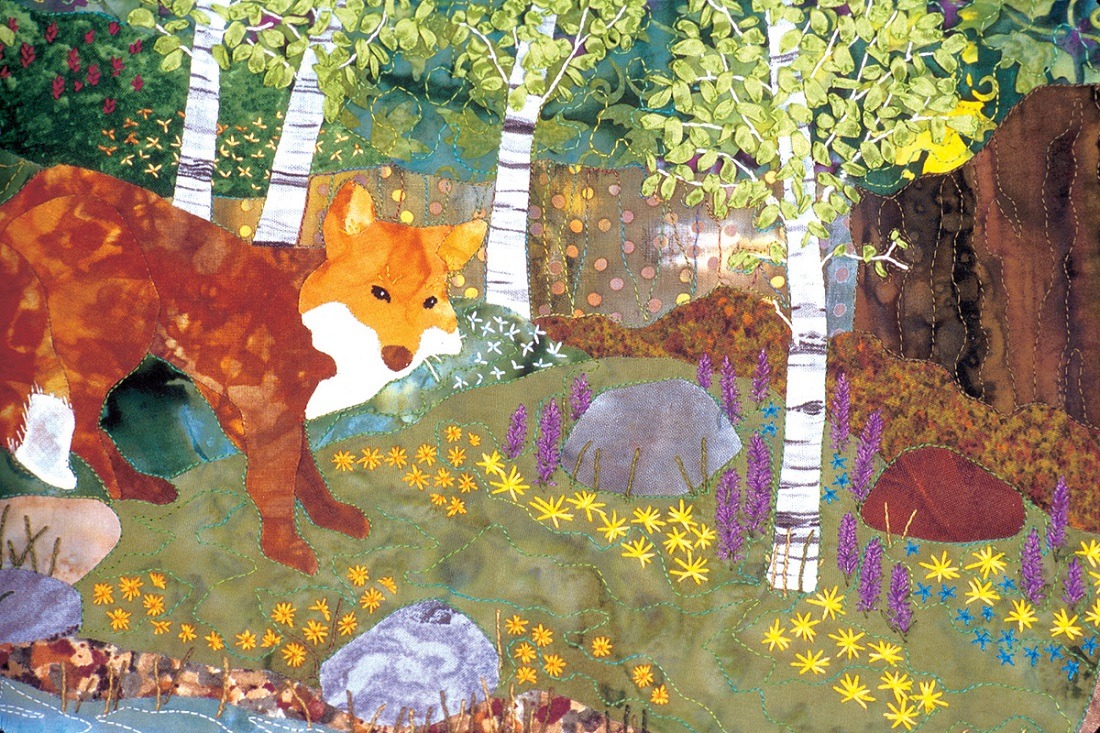
Pearl snaps and caftans
TextileArtist.org: What initially attracted you to textiles as a medium? How was your imagination captured?
David Taylor: I have had a life-long love affair with fabric, learning to sew by the age of 10. My mother sewed and taught all of her children the basics of how to use her 1967 Sears Kenmore machine.
By 12 years of age, I was making my own clothes. I remember in seventh grade making a long-sleeved western shirt with pearl snaps instead of buttons. I think I made a lot of caftan tops in the 70s. Please don’t ask me about the clothes I made in the 80s…the decade of unisex fashion! The horror!
I bought my first Kenmore when I left college. It was probably the first item I acquired for my first apartment in 1999. I upgraded to my first Bernina.
I did not start creating quilt art with fabric until 1999. I was heavily influenced and encouraged by my friend of more than 30 years, Madeleine Vail of Hummingbird Quilt Studio in Clark, Colorado. We first met working at a JoAnn Fabrics in Florida (back in the days when they only sold fabric and notions). Then she moved to Colorado in the early 90s and got involved with the local quilt guild. She’s been passionate about quilting ever since.
When I arrived in Steamboat Springs in 1998, she told me about her new-found passion and how she felt that I would love it too. All those years in Florida we never considered quilting. We only made apparel, as quilting seemed too time-consuming. We were right.
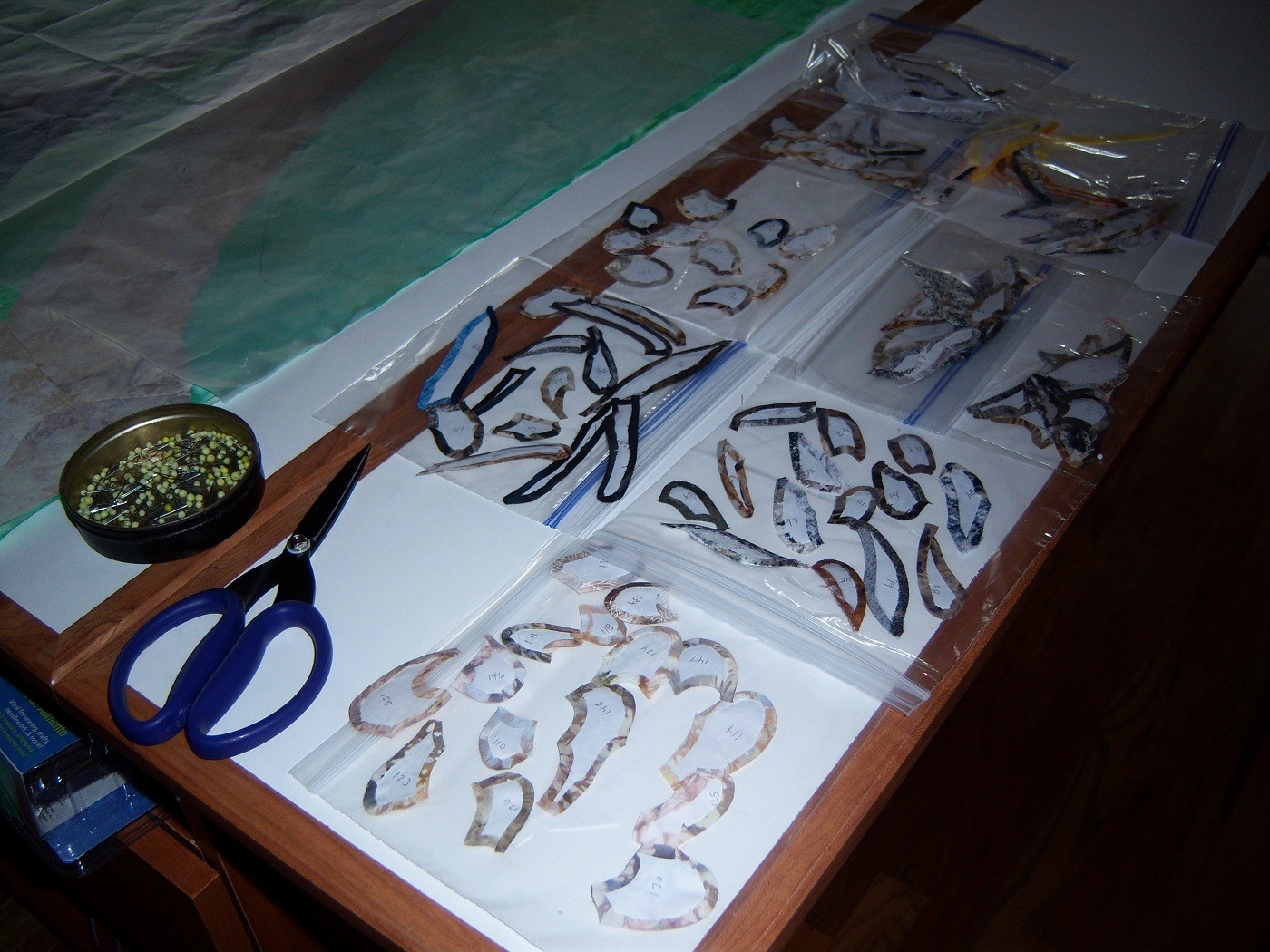
What or who were your early influences and how has your life/upbringing influenced your work?
I have always preferred to create my own art, although it is probably impossible to not be influenced by other artists.
As noted above, my friend Madeleine Vail has always been one who challenges me and makes me want to be a better person and artist.
I have not had any formal training in my chosen craft, as I am not a very good student and seem to enjoy making my own mistakes to find my way. But I have loved assembling jigsaw puzzles and building with LEGO bricks since childhood, and those pastimes in many ways have led to the techniques I use to create my quilts.
In my appliqué technique, I start with a pattern that is cleanly drawn with smooth organic lines. I do not define the lines of the pattern by color, but by structure. If a specific shape on a bird blends from green to blue to black, I need to cut a piece of fabric with green to blue to black printed in the design. This is how jigsaw puzzles are completed. The assembler is looking for specific pieces containing specific colors.
A great many ‘art’ quilters start with a basic idea and start pinning fabrics to a design wall and see what happens. I start by creating a pattern, as I know exactly how the piece will look when it is completed. I cut one piece at a time, working organically from one piece to the next adjacent piece.
It takes me approximately five hours to assemble a 1000-piece puzzle. It takes a minimum of five months to assemble one of my quilt tops. My current project is entering month nine.
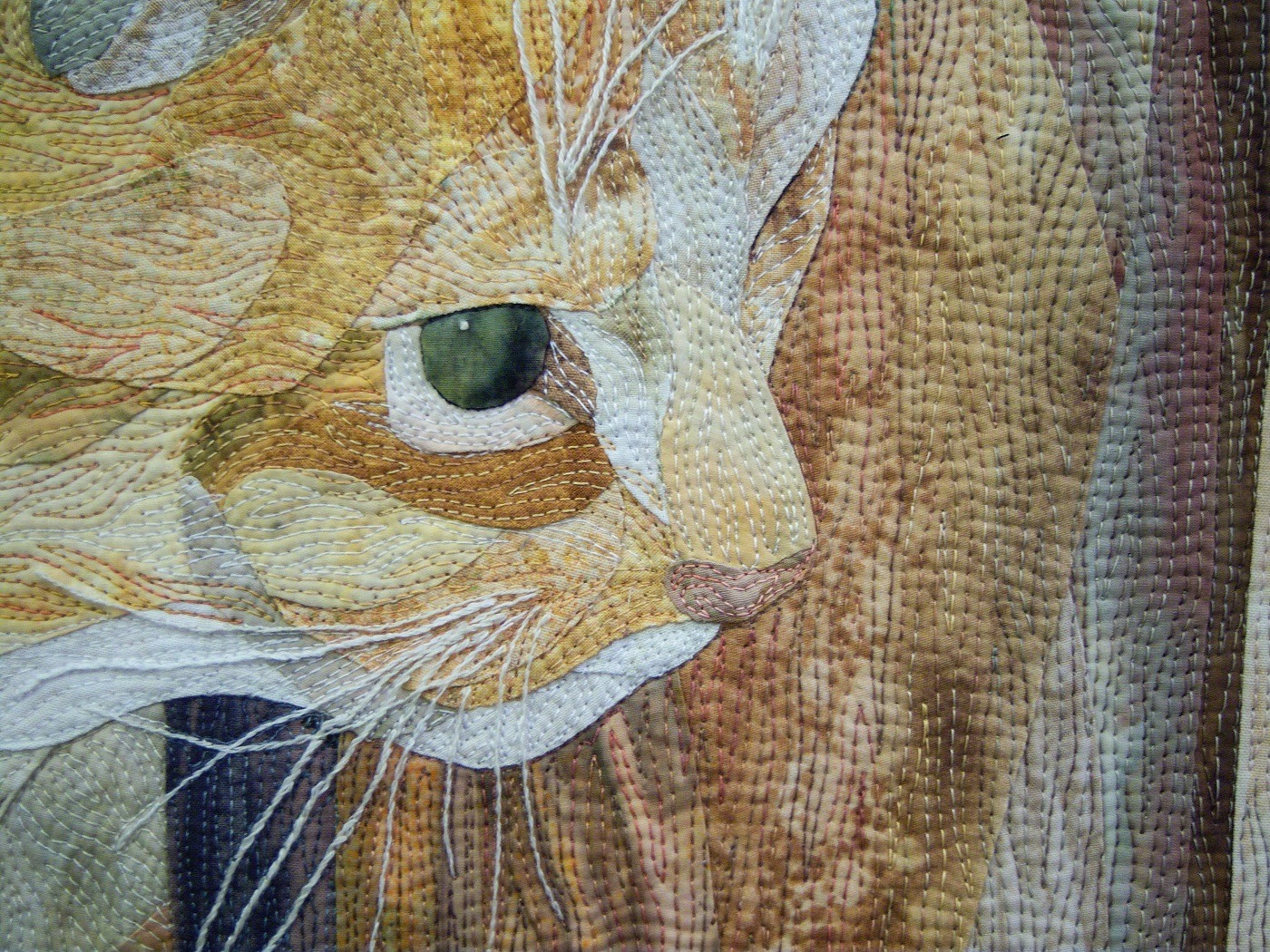
What was your route to becoming an artist?
I’m not sure if one becomes an artist, as we are all born artists. All human expression is art: action and reaction. So, art as a profession would be easier to explain.
I left university to work at a print and copy shop, which led to an apprenticeship in newspaper graphic design in the infancy of computer design during the mid-to-late 1980s. I worked in that media as a graphic artist (earning many design awards and accolades along the way) until 2006, when I switched trajectory and began work at an advertising agency. That career was short-lived, however, as I went out on my own as a travelling applique and quilting instructor in 2009.
In 2006, my quilt “Sally at the Window” had been honored with the Master Award for Contemporary Quilting from the International Quilt Association. I was approached by one of the members of their Education Department who inquired about my interest in teaching for their organization. I replied I had not ever thought about teaching and did not know that anyone could have a career as a craft instructor. It was, after all, just a hobby.
My first national teaching engagement would be at their Quilt Festival in Long Beach, California, three years later.
Still working as a graphic artist, I built my own website in 2007, displaying my quilts to a worldwide audience. Requests for lectures and workshops from guilds staring appearing in my contact form. By 2008, I couldn’t say “no” anymore and starting teaching classes part-time.
Within a year, I was inundated with bookings and had to leave my employment at an advertising agency and hit the teaching circuit full-time. It seems that new career path chose me, not the other way around.
I had never considered teaching quilting techniques as a career. In 2005, my goal in life had been to work hard and achieve lifetime recognition as a front-page newspaper designer. Who knew?
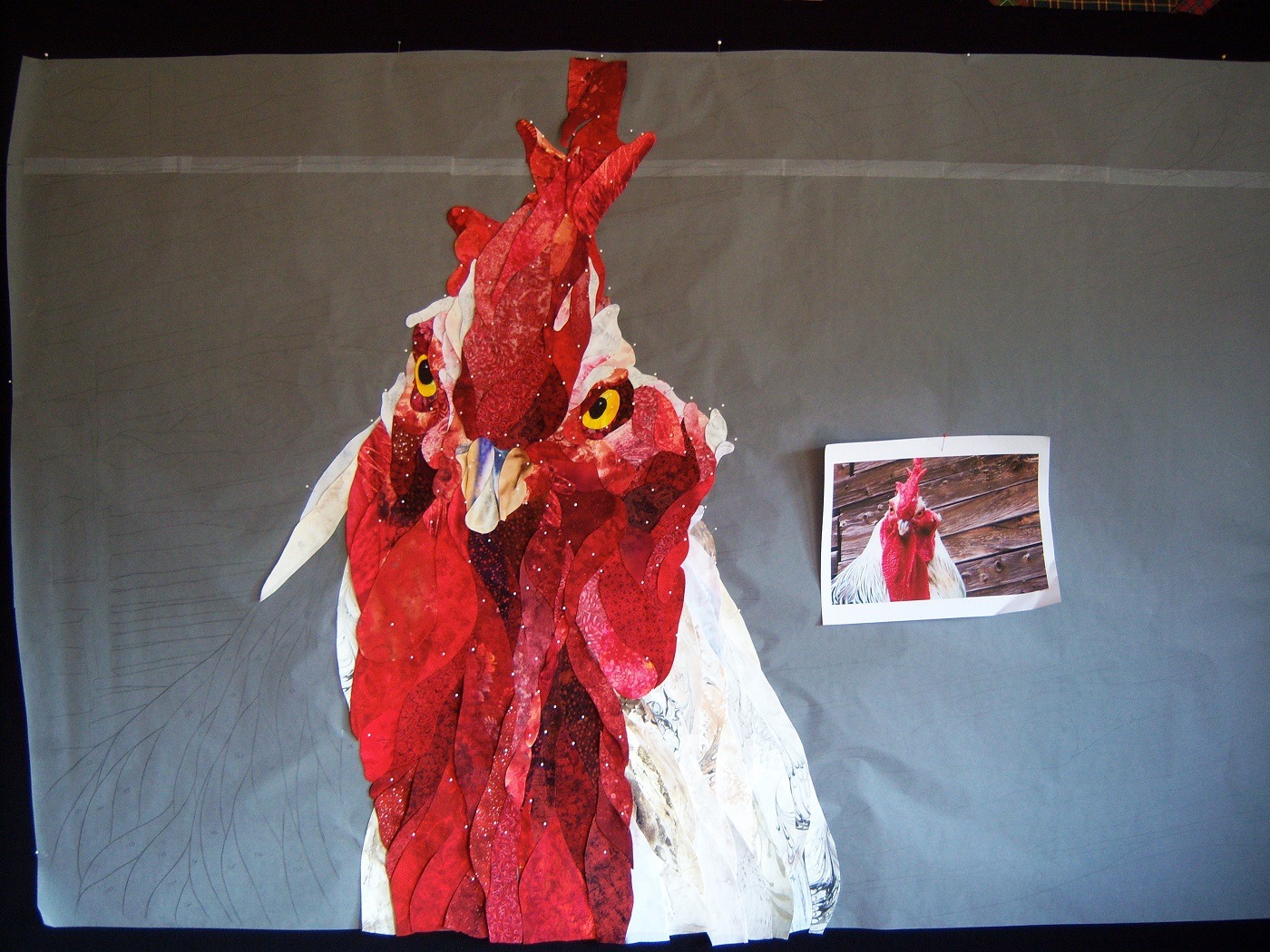
The importance of fabric choices
Tell us about your process from conception to creation
My works are adapted from photographs, whether my own or with permission from professional photographers.
There is no forcing an image choice. Some aspect of the photo needs to compel or challenge me to recreate it using fabric. It could be the recognizable light bulb on a string of holiday lights, the feathers of a bird, or the grain of weathered barn wood.
I hand-draft a pattern, drawing the applique shapes by structure and by the way the subject feels, moves or grows. The lines do not follow color, they are distinguished by shape and form.
The initial pattern draft takes less than 30 minutes. It is then refined and defined within a few days, as the shapes must be adaptable to hand applique.
Straight lines can be pieced on a machine. But intricate shapes require too much effort to perfect. Avoiding multiple points merging at the same point is also frustrating. Simple, curved shapes are the ideal appliqué shapes to stitch. So “cleaning up” the pattern is necessary to avoid these potential disaster areas.
The pattern is then transferred to freezer paper in mirror image. The freezer paper shapes are then cut out and serve as templates for choosing the proper fabrics. This phase, which is akin to creating a jigsaw puzzle, is the most creative part of the process.
Each shape is applied to the reverse side of the chosen fabric using a hot iron. I sometimes re-cut dozens of times, until the perfect color of fabric is found. Each shape is then pinned to my design wall through the pattern. This selection process continues for 10 to 12 weeks on average.
I do not begin construction (stitching the pieces in place) until I am satisfied with the overall work. The fabrics adhered to the freezer paper template shapes are often swapped out dozens of times throughout the process. My goal is to have the viewer see the subject matter and the story I want to share. I do not want them to see fabric and thread.
Next comes the actual construction phase: stitching the pieces to a base fabric. This step is purely functional and takes another 10 to 12 weeks to complete. There is no designing at that point, just craft.
After a final review on the design wall (sometimes making necessary edits), it is time to quilt. I machine quilt on a sit-down long arm quilting machine, using dozens of variegated color quilting cotton threads. A week is typically spent quilting the work, then finished with a traditional binding technique.
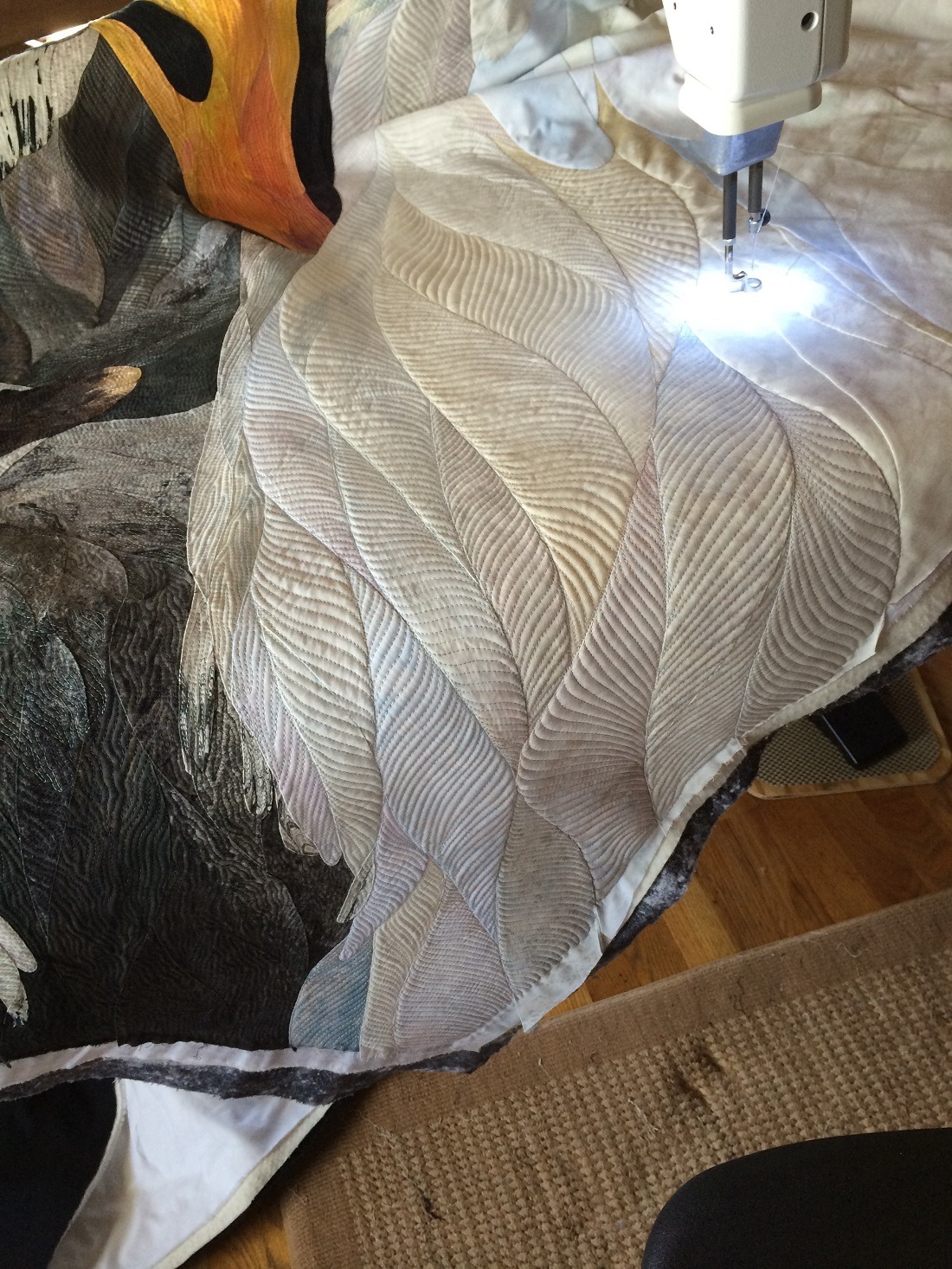
Tell us a bit about your chosen techniques and how you use them
I hand applique using a common running ladder stitch and machine quilting on a free-motion quilting machine. This stitch is more suited to my work, as the quilts I create are quite large. The base to my current project is 100 inches by 72 inches. I can’t possibly hold all that fabric in my hand. The ladder stitch allows me to work flat on a table.
I have been an ambassador for HandiQuilter’s Sweet Sixteen long-arm, sit-down quilting machine since 2010. I had started machine quilting on my Bernina Artista 160 and was looking for a quilting machine that would provide me with the same capability and quality, only with more throat space. The Sweet Sixteen offers me both.
The key to my work is cutting fabrics wisely, choosing many different prints with blending colors and textures.
The best part of creating art is to create, to discover, to experiment. I do not use a color wheel or value finder in my work. I am not an academic. It is more important to me that the colors ‘feel’ right. It’s instinctual.
Advice for acquiring the correct fabrics? Buy it all. In every color. Buy fabric for what it can be, not for what it is. Or what is printed on it. I have approximately 10,000 yards of fabric in my fabric room. When I need it, it’ll be there. I am continually adding to my stash.
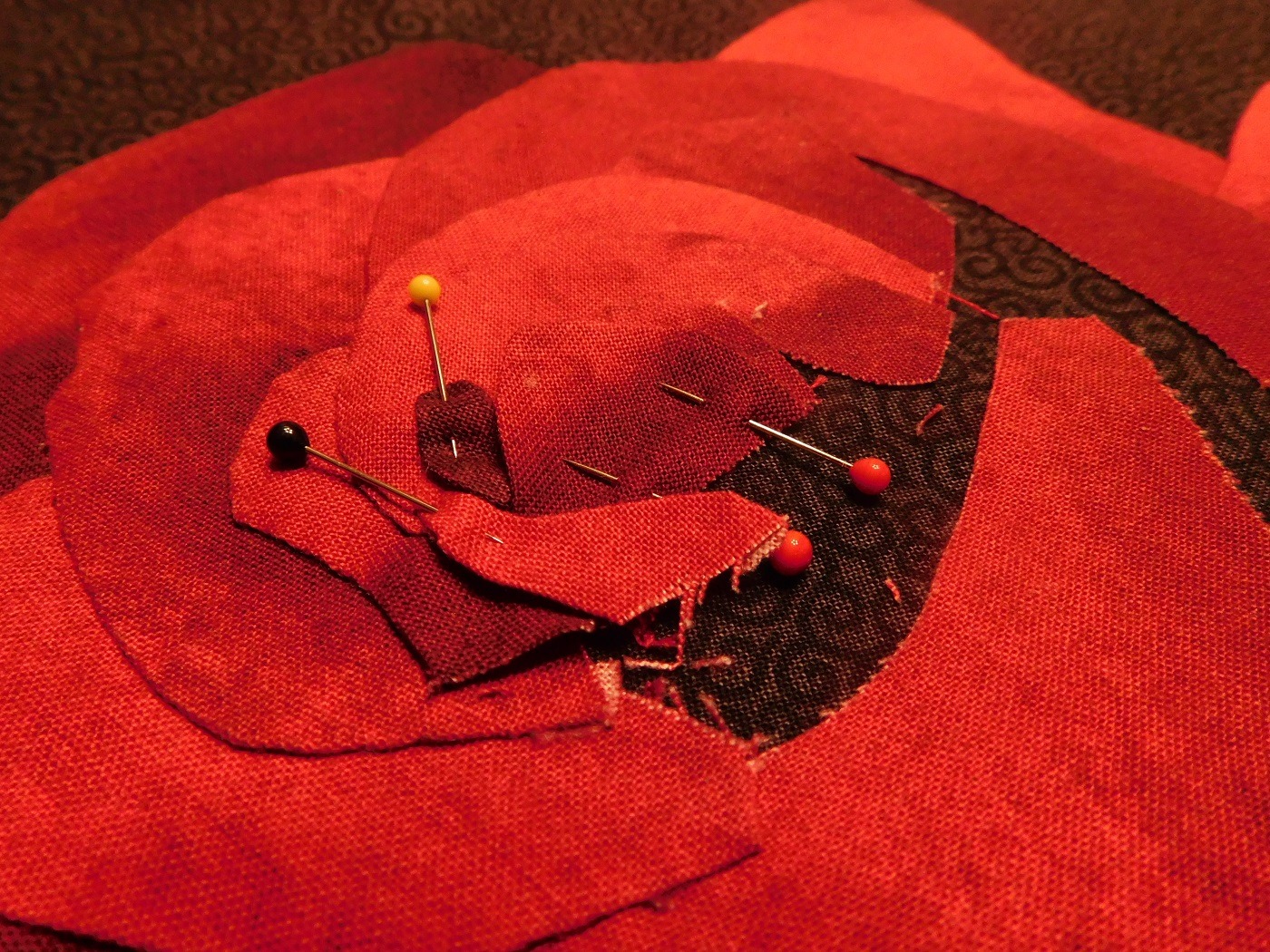
What currently inspires you?
I am still recovering from the gas explosion and fire that devastated my in-home studio in Steamboat Springs, Colorado. It has been three years and I am finally creating a new, confidential work, that will be unveiled next year if all goes as planned.
I am working towards another solo exhibit in 2020, so I have a goal (and deadline!) The chosen photo seems to be appropriate for my current circumstances.
I have also been working for the past few years on a new technique, and for the first time in any art form, a self-portrait in fabric. I have also created a few small pieces during the intervening years, just to keep my skills from getting rusty.
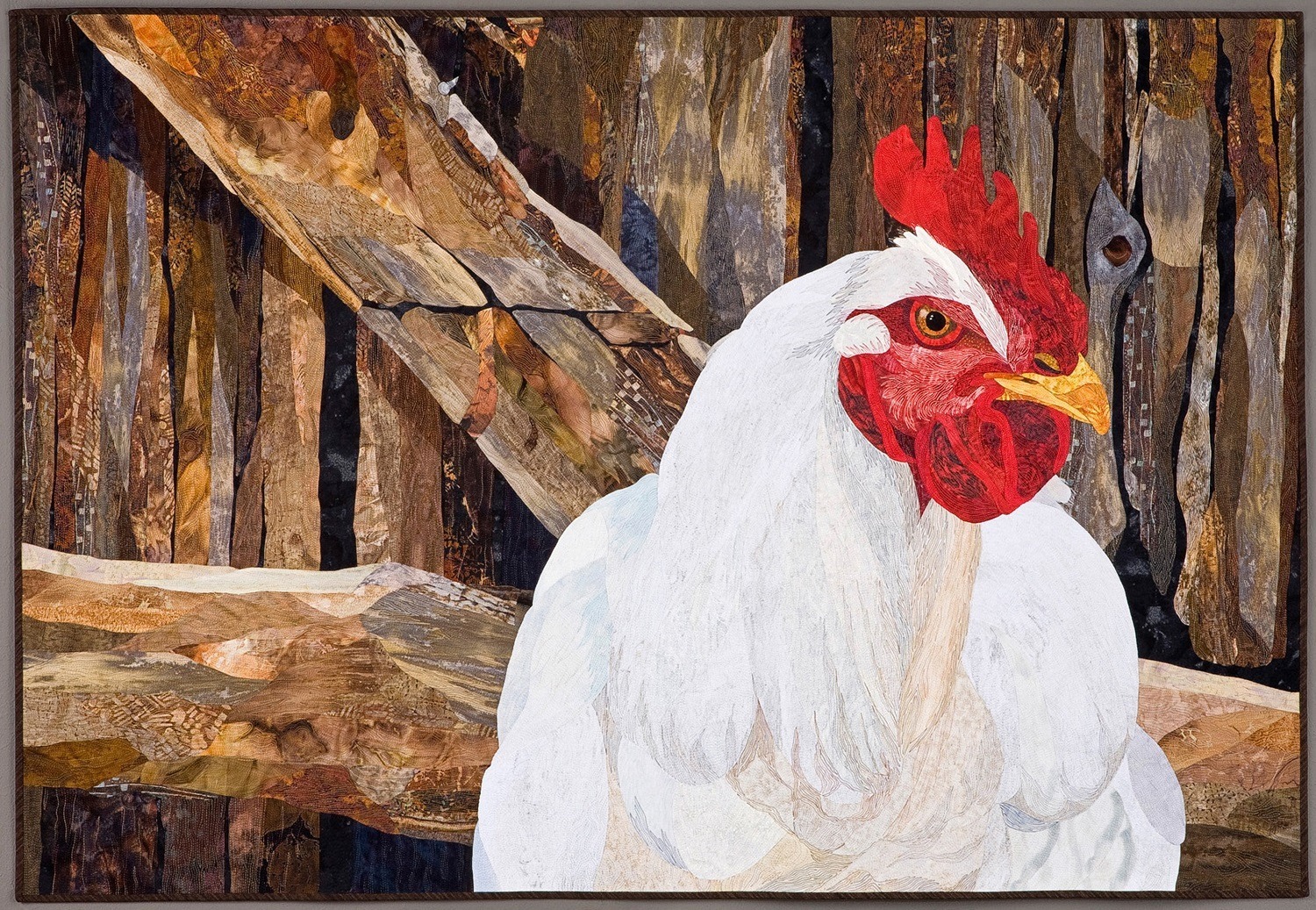
Love your creations
Tell us about a piece of your work that holds particularly fond memories and why?
One of my favorite quilts in “I Ain’t No Spring Chicken!” It is one of my earlier works, and I wish it had a better title. (Basic grammar: double negative. Good grief, what was I thinking?)
My spirit woke during the creation of this piece, when I realized I could use any color fabric in my stash, as long as the resulting image caused the viewer to believe in what they were seeing. It was one of my first major prize winners and was a huge part of my solo exhibit tour in 2010. It was purchased by the gallery owner where I hung my first solo show in Lauris, France, in 2008.
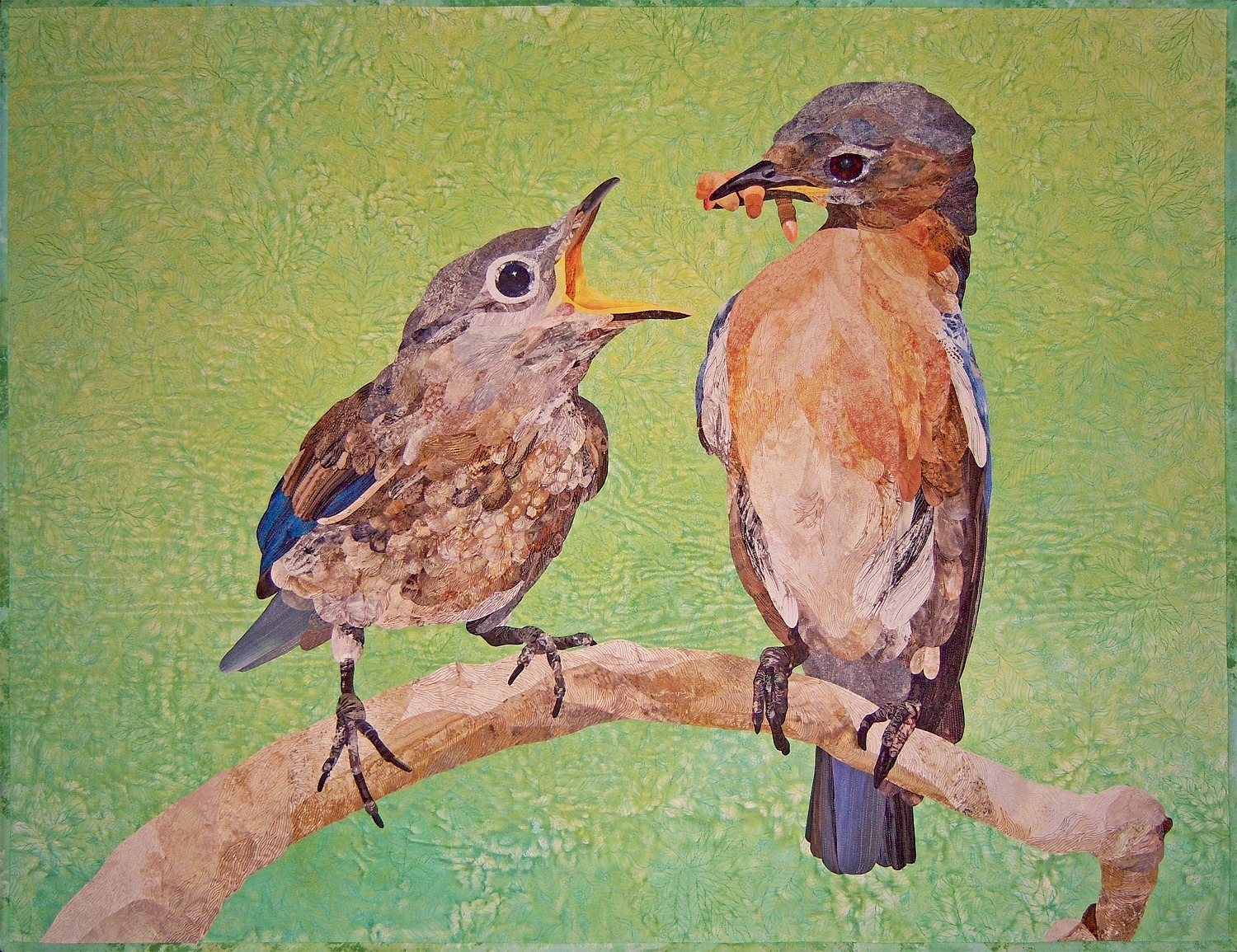
How has your work developed since you began and how do you see it evolving in the future?
My technique has not changed during the past decade. My eye for selecting proper fabric values has benefited the most. I think this has made me a better artist and a better instructor.
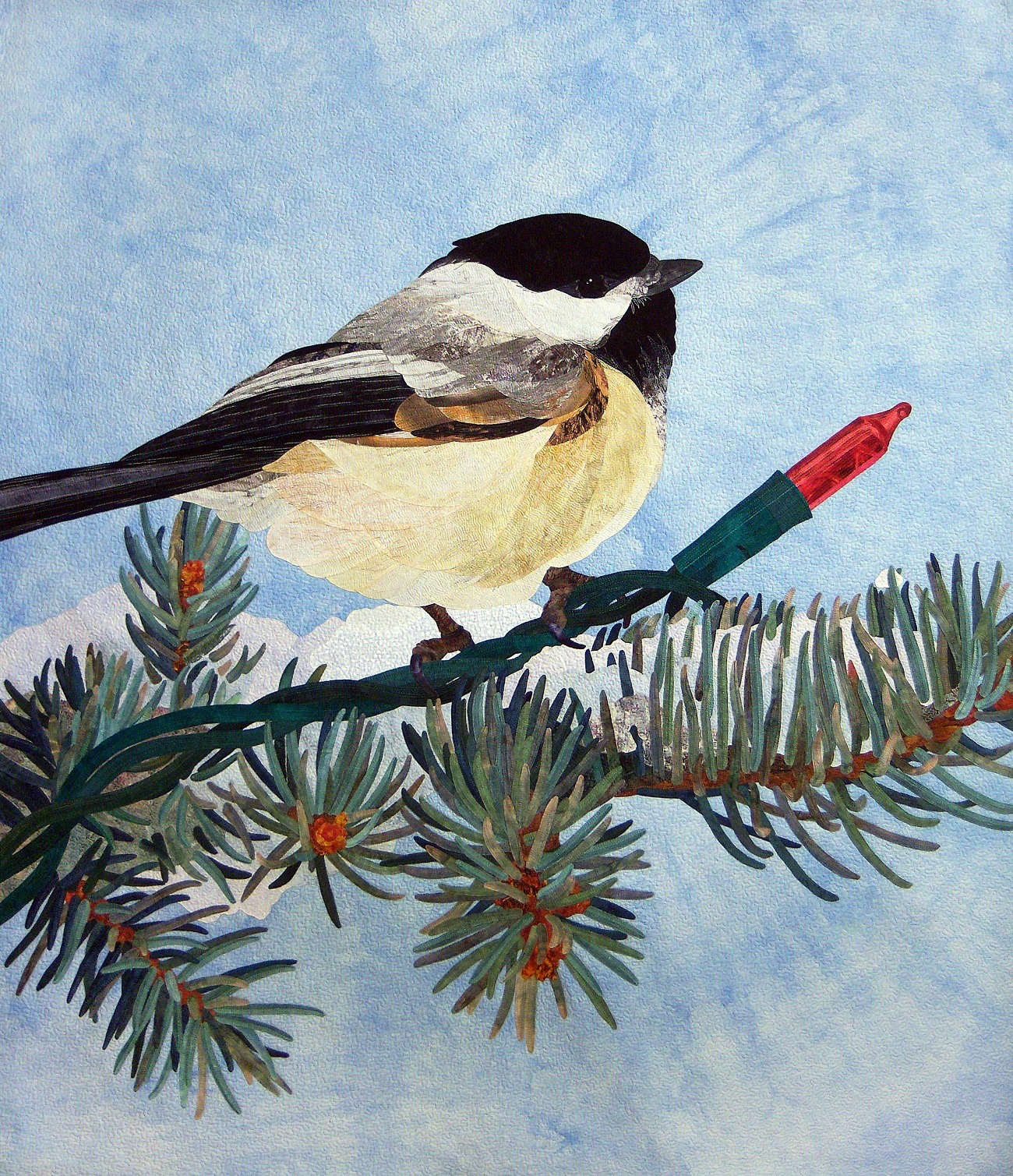
What advice would you give to an aspiring textile artist?
I think most quilt artists have large supplies of materials, but they should buy more.
Loving your creations is very important. I create maybe one large piece per year, and I put my entire spirit into that piece. I will not sacrifice quality for quantity.
I think it comes down to the distinction between being an artist for love of the art or professional success. I know many skilled quilters who choose to create just for themselves. They are not interested in exhibiting or selling their work. They quilt for the love of it. Choosing art as a profession is another matter.
I find that most quilt artists devalue their art. If you put your soul into the work, make all artistic decisions based on your own values. Don’t compromise any aspect of your craft, and then place an appropriate dollar value to the work. If you love your message, your audience will, too.
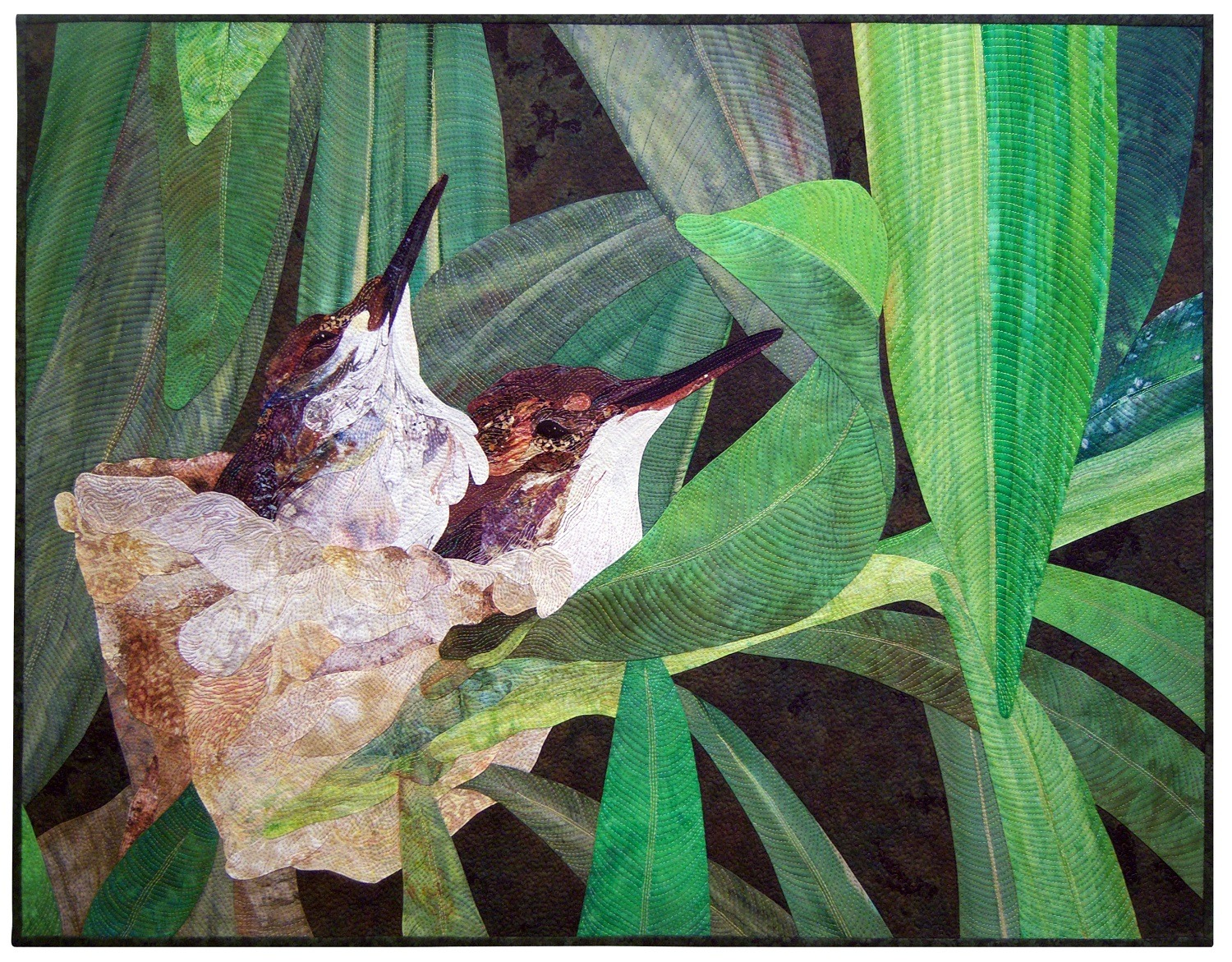
For more information visit davidtaylorquilts.com
David encourages artists to explore an abundance of fabric and supplies. What are your thoughts on that idea? Let us know below.
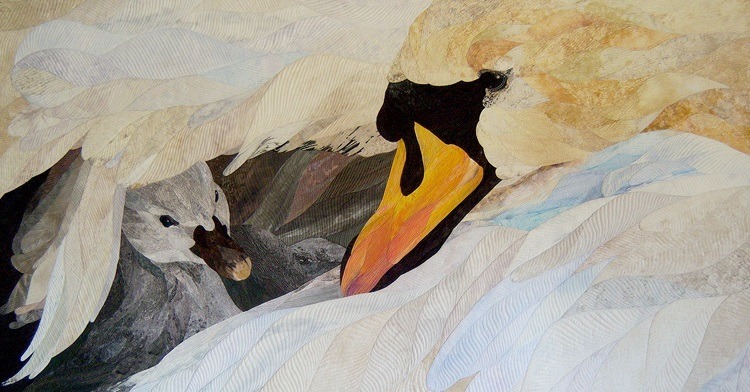

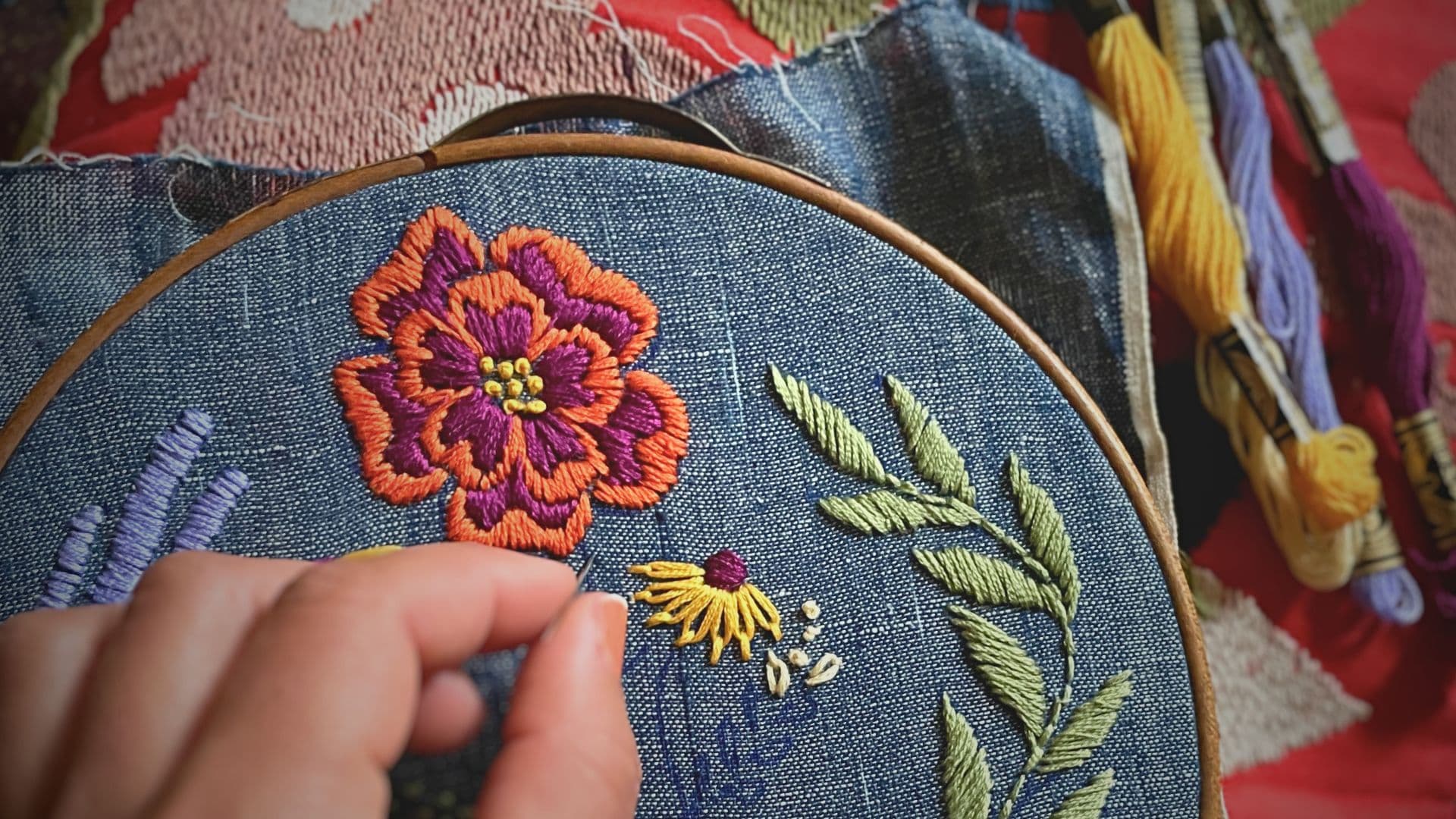
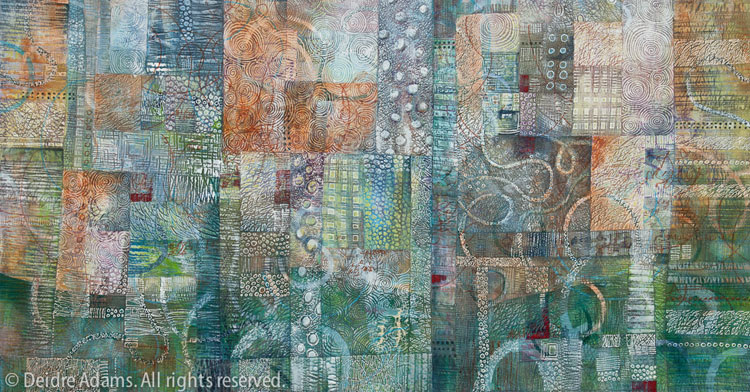
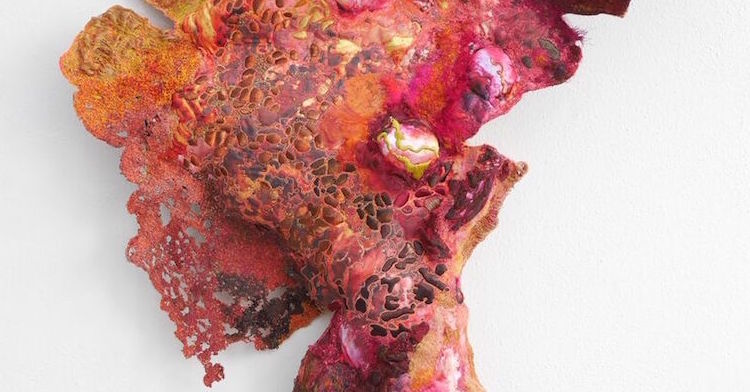

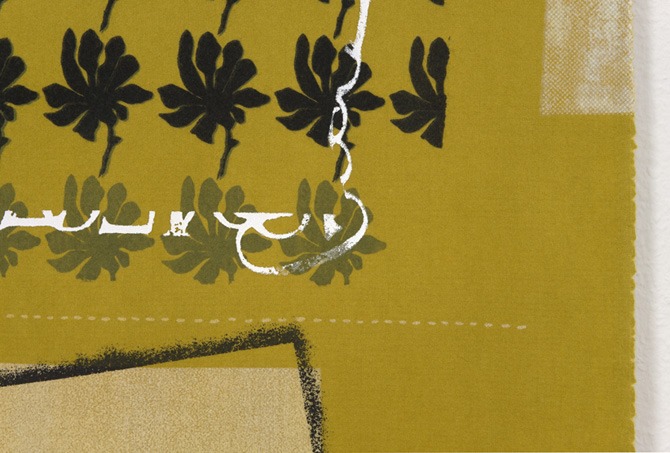
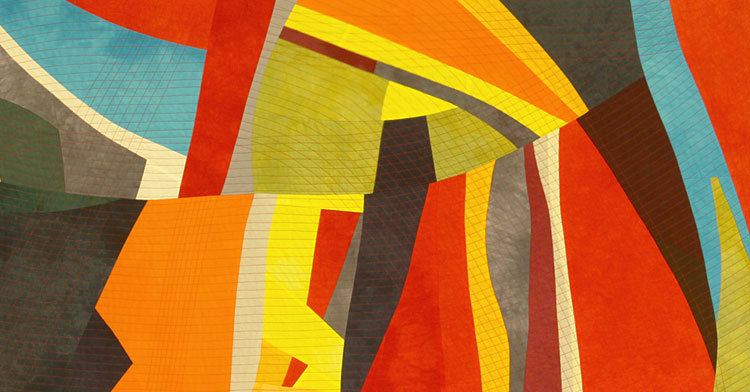
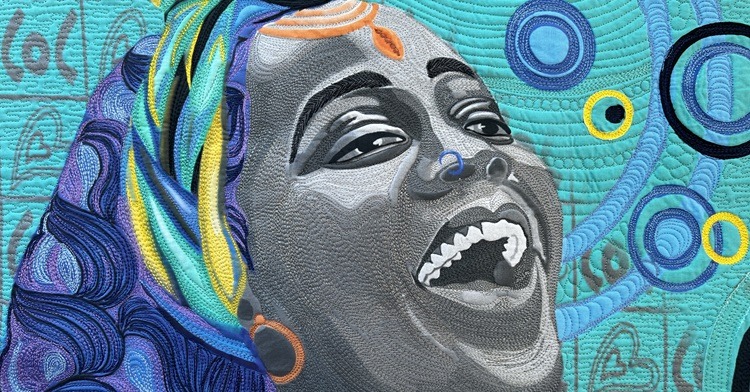
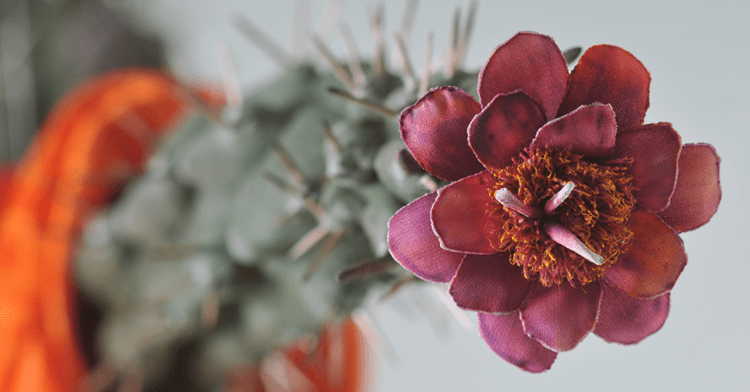
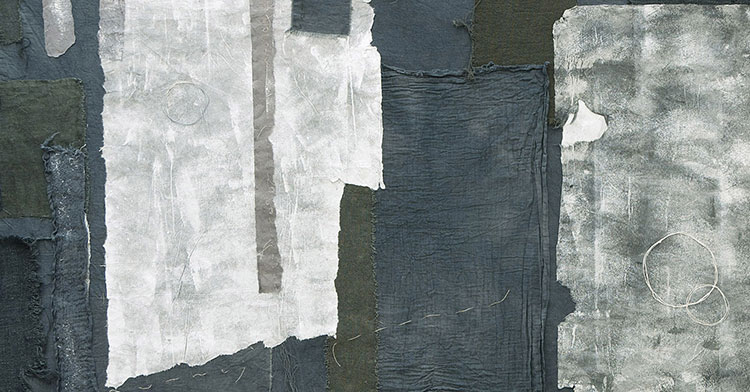
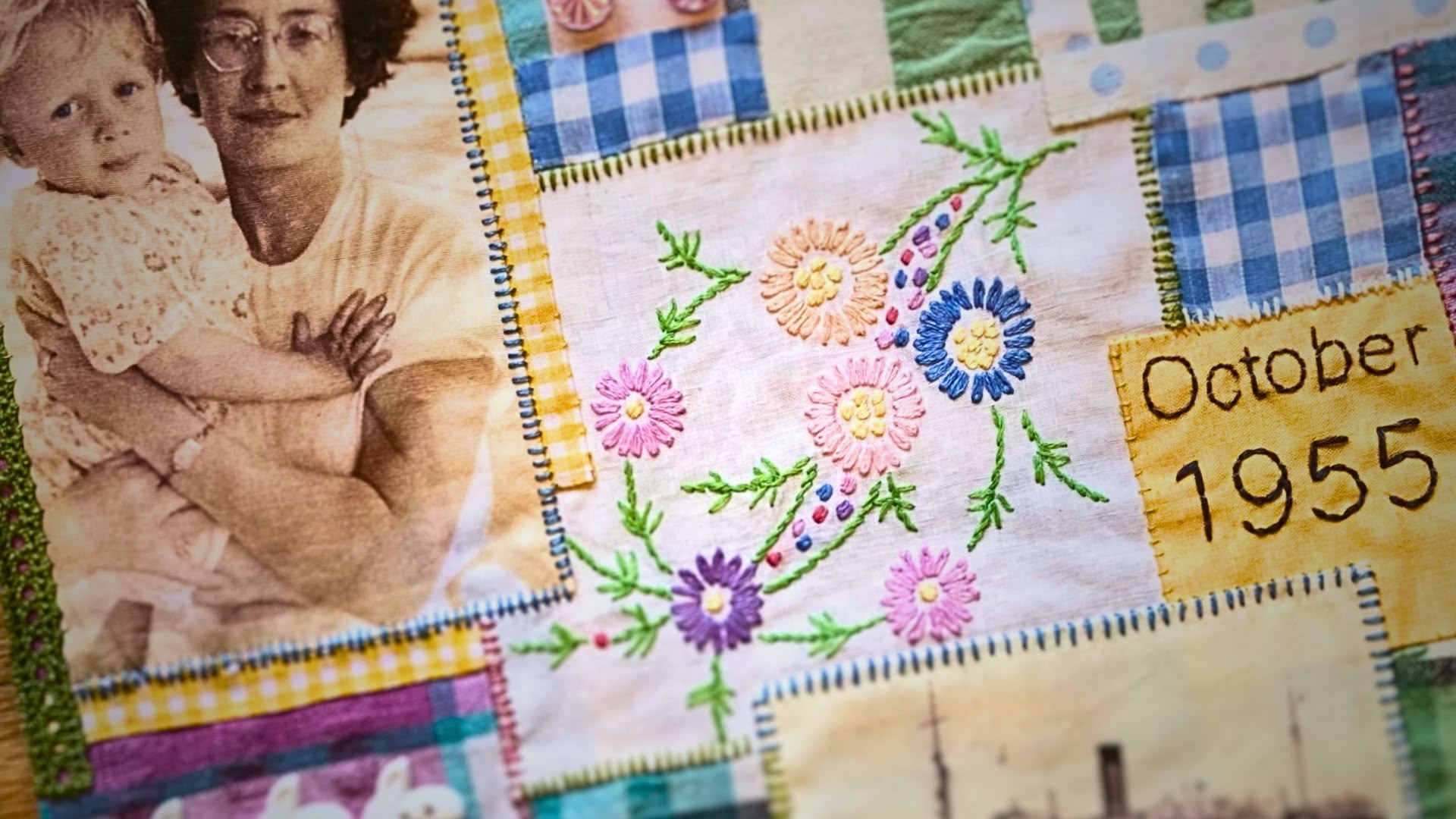
8 comments
Deidre Jenkins
I had the good fortune to meet David at our guild meeting a few years back. His work took us all by surprise!
Honestly, I thought I was looking at paintings until we began the meeting and he explained his work. Many of us had to go up to him afterward to view his work. I can’t say I will ever be doing this type of work, as I am only in the early stages of learning all the nuances of quilting but I have followed his advice and have stockpiled fabrics and threads because you just never know! When he came to Dover, New Hampshire, I am pretty sure he taught a class, as all of our visitors do, but I know that I was intimidated by it. You really have to see it for yourself to appreciate the gift that David has. I bought the hummingbird kit…maybe for a later date?
Laurel DeCastro
I took David’s Backyard Gardener (Hummingbird) class in Meredith, New Hampshire a few years ago. It was a wonderful class. He is a fantastic teacher. I use the techniques I learned all the time. I also took his enjoyable lecture class at the International Quilt Show in Houston a couple years ago. Thank you, David, for your inspiration.
Marjorie Gavitt
For me, art quilting is like growing a garden. Colors, patterns, and textures of plants and fabric draw me in like a magnet! A visit to a fabric shop, big box store, home improvement store, thrift shop or yard sale often ends in an unplanned purchase. I almost never buy (or otherwise acquire) fabric for a particular project. I just keep adding to my stash, and will pull out a random collection of “lights, mediums and darks” … and wait for them to tell me what they want to be! Sometimes they remain interesting, but silent, so I just put them away for another time. Other times, they cry out for more, so I bring in threads, trims, alternative fibers, photos, rusty bits … and on and on. Then there is the “replanting” – moving things around until the inspiration comes.
Stephanie Lewis
Amazing work, i particularly like Marmalade. Looking at the detail the neatness, the tones in the material i felt sure that you dyed it specially. Amazing
Jill Miglietti
I am passionate about finding unusual materials to add strength and texture to a composition. I was given a collection of fabric samples in 2012 and it started my ever-broadening scope of collecting fabric. Now, I largely use remnant and sample textiles, supplementing from my original ‘quilt fabric’ stash when needed. I take great pleasure in finding ‘just the right piece’ and the result is always richer for it! Thank you for this great article.
Virginia A O'Donnell
I have always bought fabric because I loved it and so after 30 years I still keep everything that isn’t used already and continue to find it valuable to have so many choices when I start a new project. I took a class from David many years ago and still remember a pleasant time and adding skills.
Sally MB
I’ve taken a class with David and it is wonderful! His work is beautiful in person so I encourage all to attend a show with his art.
Mary Anne
I’m a mere beginner at creating my own landscapes and must mention how much I enjoyed this interview and seeing all the amazing works of art. Now I’m inspired to work harder at my own creations!